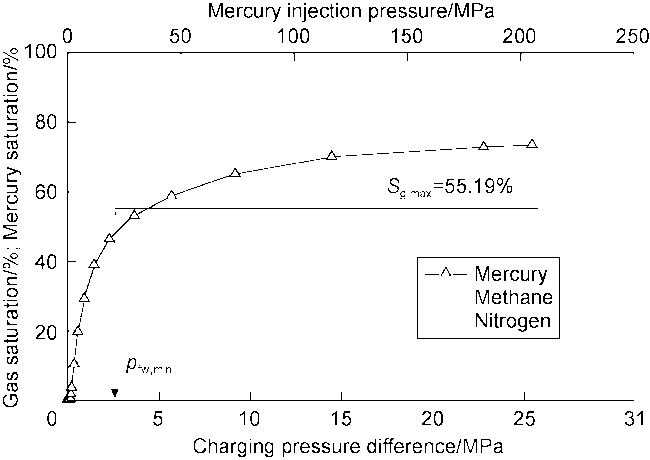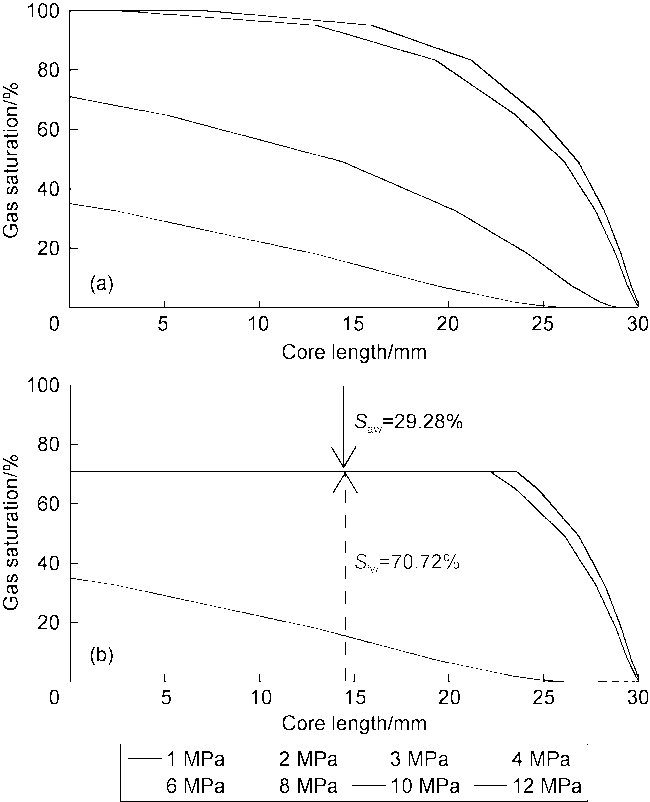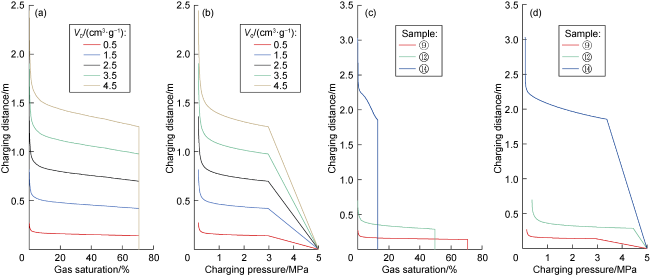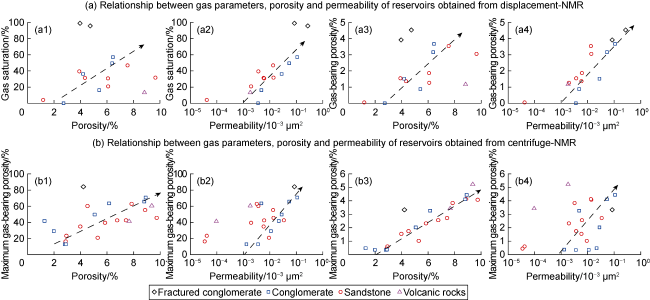Many scholars have conducted extensive researches on the formation conditions, gas-water distribution and production patterns, and enrichment control factors of different types of tight gas in different basins, which have provided a solid foundation for the exploration and development of tight gas. The favorable conditions for the large-scale accumulation of tight gas include substantial gas sources, well-developed reservoir, and extensive close contacts between gas source and reservoir
[2]. However, tight gas areas display strong heterogeneity in gas-water distribution and production characteristics. Regarding gas-water distribution patterns, the gas-bearing area is continuous or nearly continuous in the horizontal plane, while gas saturation varies significantly in the vertical direction
[3-4]. Regarding gas-water production characteristics, there are significant differences in production capacity and fluid type in different tight gas areas. High-yield gas wells may or may not produce water, and the same holds for low-yield gas wells
[5⇓-7]. Even within the same block, tight gas reservoirs/zones may exhibit different characteristics in different vertical layers and horizontal locations, including gas-dominant production, co-production of gas and water, and water-dominant production
[8]. Considering the gas-water distribution and production heterogeneity of tight gas in various basins, many researchers have studied the mechanism of tight gas charging and accumulation from the perspective of geological observation. These studies reveal that the charging and accumulation process of tight gas is affected by factors such as tectonic settings, source rock conditions, reservoir characteristics, source-reservoir spatial relationships, and rock-fluid interaction forces
[9⇓-11]. Jiang et al.
[12-13] conducted physical simulation experiments and discussed the process/model of tight gas charging and accumulation. They divided the process into three stages: energy accumulation, episodic charging and accumulation and preservation. They also suggested the existence of three thresholds during the charging and accumulation process: gas charging, gas saturation and gas termination, corresponding to three critical states of free water-bound water coexistence, free water-bound water-natural gas coexistence, and natural gas-bound water coexistence, respectively. On the whole, the researches on tight gas charging and accumulation have qualitatively summarized the corresponding patterns from both experimental simulation and geological observation perspectives, but there is a lack of quantitative mathematical models to elucidate the charging and accumulation mechanism of tight gas.










